Do You Really Need a Member Directory? (A Complete Guide)
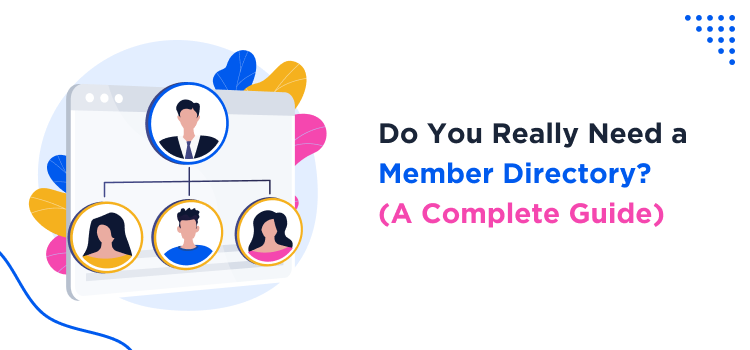
Whether you are looking to optimize HR processes, build a church membership database, or increase your community, you’ve likely considered the value of a digital member directory for managing your people. Member directories are so much more than just a list of members. It is a tool to build community and allow engagement.
In this guide to online member directories, we’re looking at opportunities you can get, challenges that might come with your decisions, and ways to build such a directory.
Let’s explore them all!
What is a Member Directory?
First of all, let’s answer the most basic question. Simply put, a membership directory is a list of the member’s that are a part of your organization or your membership business module. It doesn’t just include their names, but complete profile, contact information, interests, social media handles and any other thing that feels helpful.
For instance, let’s see how a member directory template for an online dance school membership would look like.
Name:
Age:
Gender:
Years of Experience with Dance:
Favorite Dance Form:
Favorite Choreographer or Choreography:
Other Skills and Expertise:
Basic Interests:
Contact Information:
Social Media Profiles:
This was the most basic directory template that includes information about a dancing member. Others can check this out and decide to approach that member for anything. Further, you also give the autonomy to members to choose what information they want to be visible to everyone and how they would like to be contacted by fellow members.
Do you Actually Need an Online Member Directory?
Have you been wondering whether you actually need an online membership directory or you can just do without it? Don’t jump the gun, look at this checklist to analyze if you need one.

Here’s a quick and easy checklist to speed up your decision making process.
- Are you looking to have well-organized contact information about people in your community?
- Do you need to create a secure, private social network exclusively for your community?
- Are you looking to grow your directory with marketing tools like newsletters?
- Do you want to promote events through your member directory?
- Are you looking to monetize your member directory?
- Do you want to create quick mailing lists inside the community?
- Do you need to categorize members according to type of interest and degree of interest?
- Do you want to automate some process of contacting your members?
- Do you want to offer members a way to self-serve and update their information?
- Do you want to build a sense of community among your members?
If you answer “yes” to at least a few of these questions, a member directory could be a great fit for some of your specific needs.
Examples of Member Directory
Real-world examples of member directories can offer valuable insights. While we can’t showcase private directories, let’s explore some public ones to see how they function or at least invite people to register.
CFA Institute
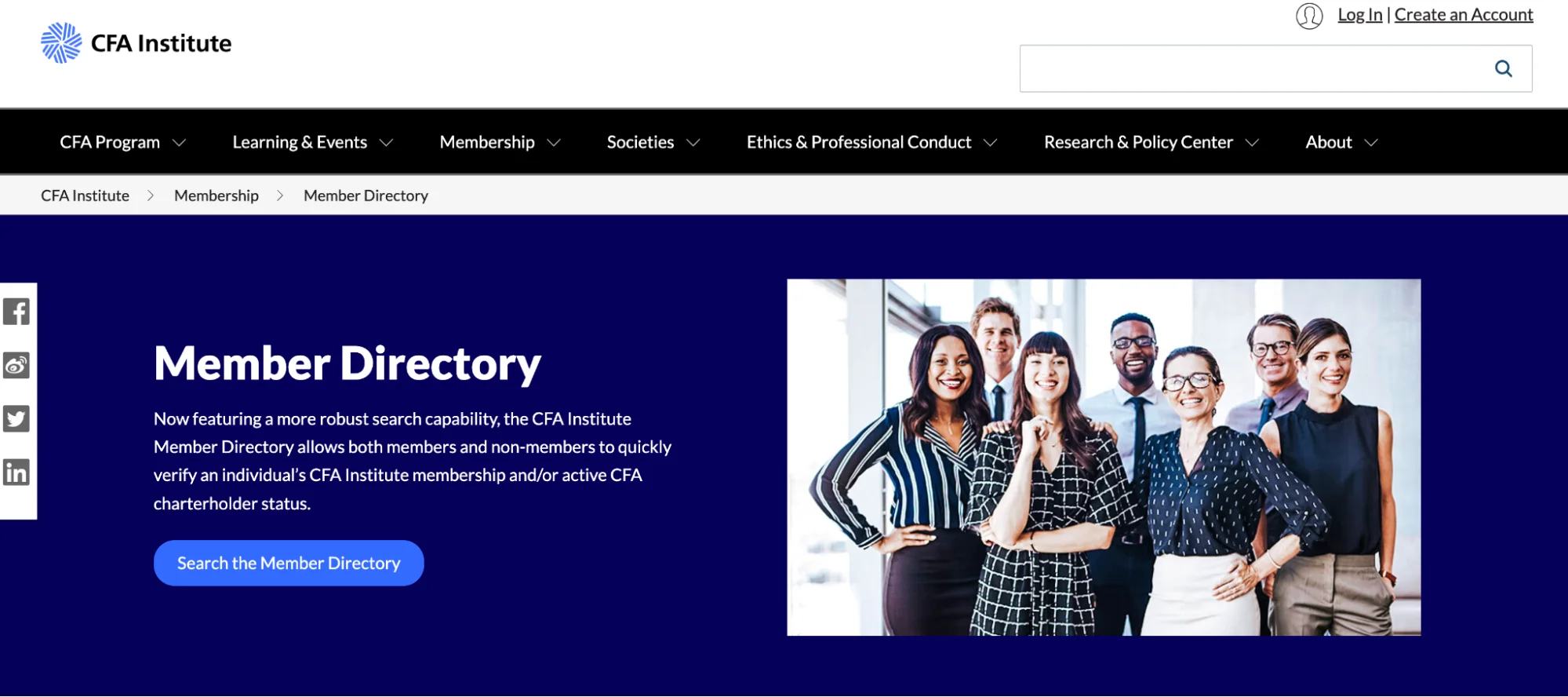
In this institute directory, only institute members and charterholders are included, and name, general location, and charter award date are publicly available.
CSWE Membership
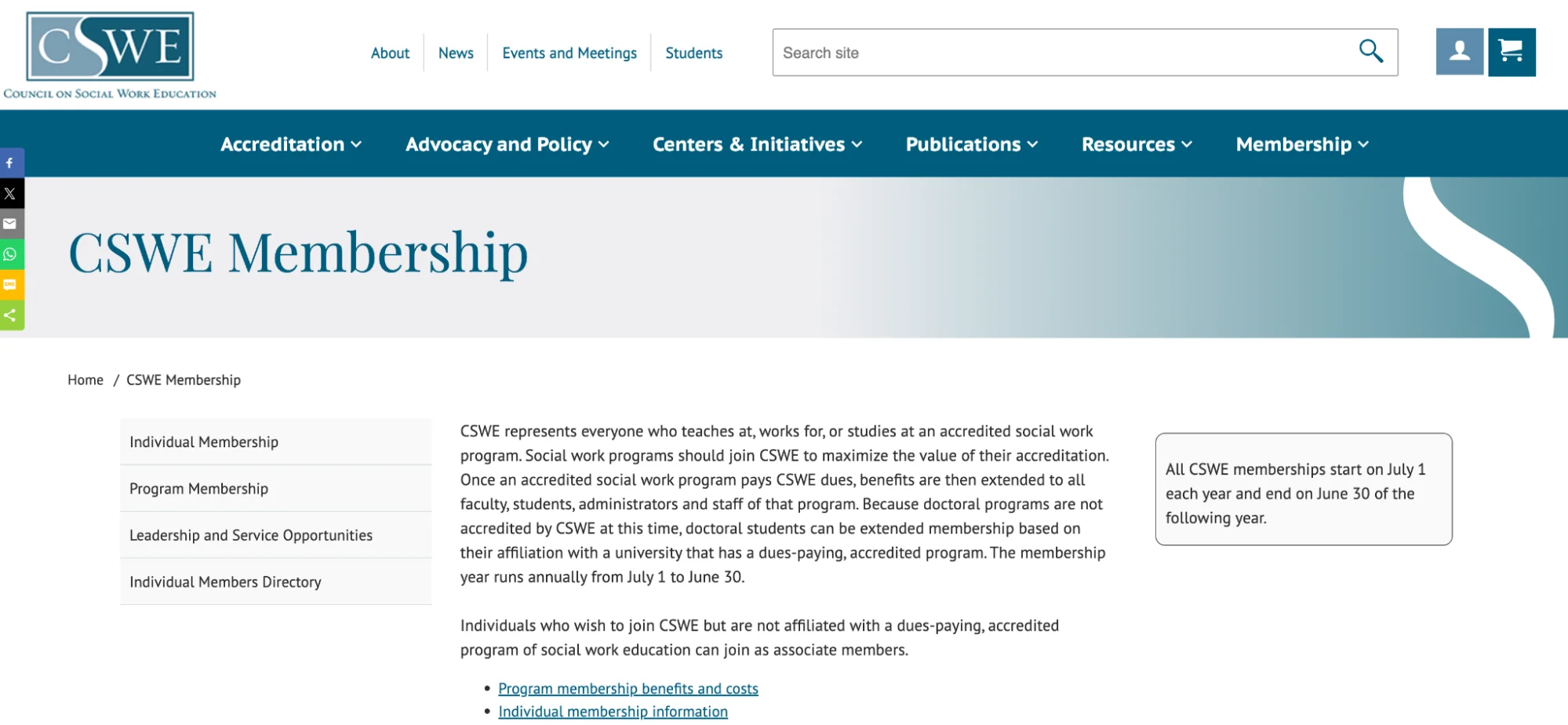
CSWE represents people who teach or work at this organization, as well as study at an accredited social work program.
Sports & Social Industry Association
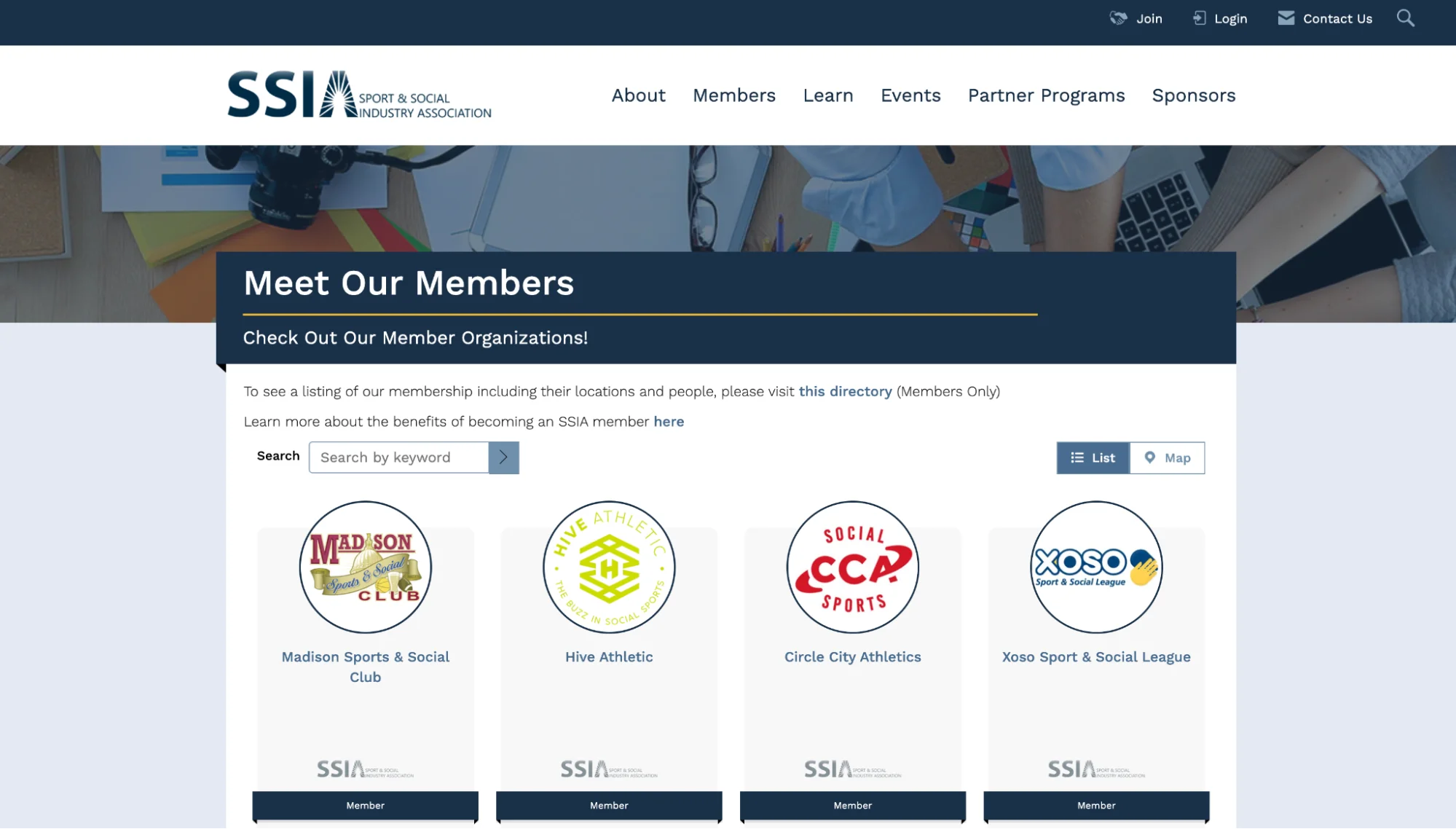
This is a member-only society, where to see a listing of memberships including their locations and people, one must have an account.
Member directories, although their types vary, usually have the following elements:
- Member directory
- Member profile
- Member search
- Directory listing
- Member data
- Data privacy
- Member categories
- Membership levels
Top 5 Benefits of Having a Member Directory
There are multifold benefits of having a membership directory. It’s not enough to just look at examples and understand the benefits. Let’s dig deeper into this concept.
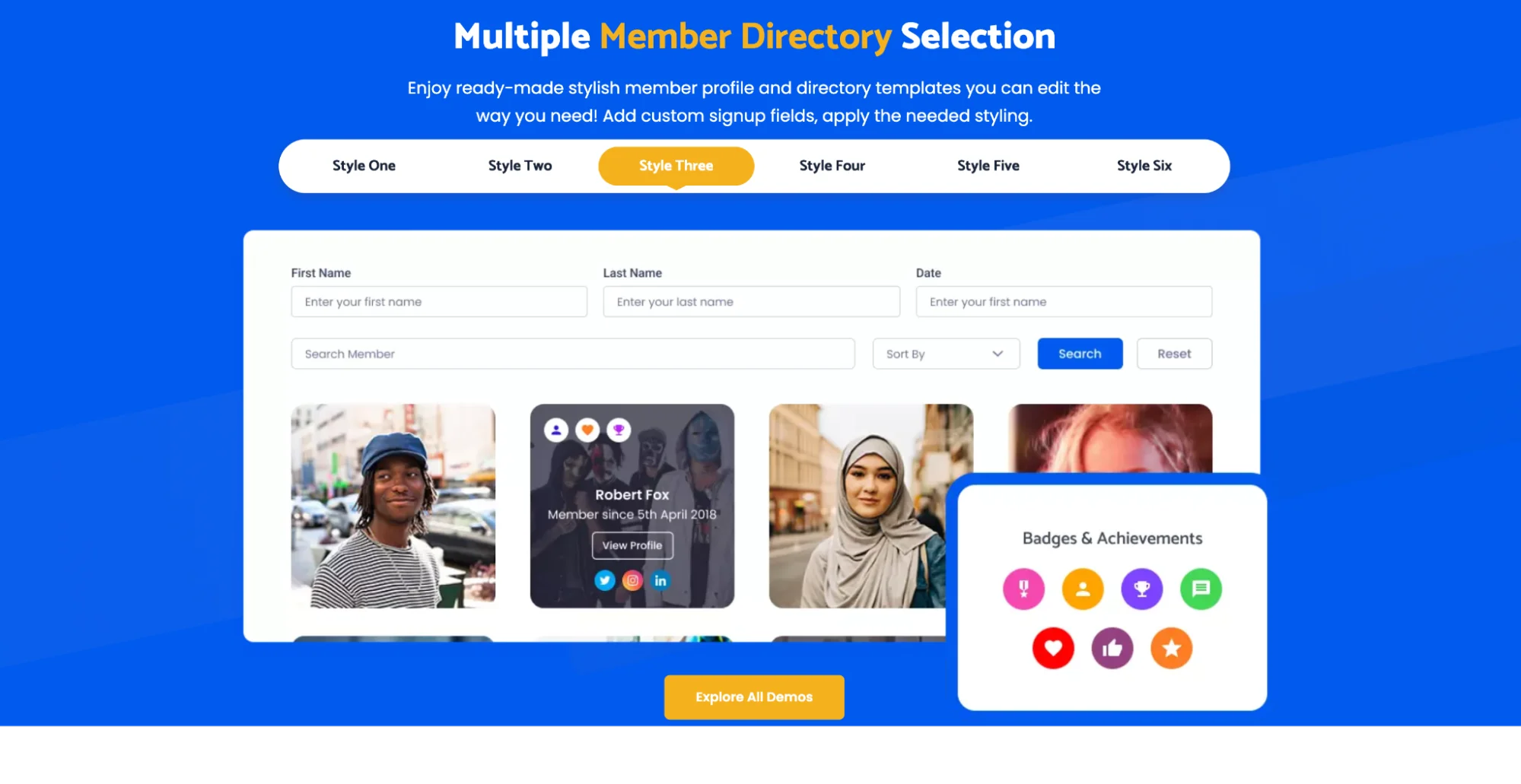
There are many more things companies gain from their experience of managing such directories. Let’s share them below.
Member Profiles and Lookup
If you need tools to enable members of your organization or community to view profiles of other members for various reasons, say, check their schedules, ask for help, or simply find contact details, this is the most basic thing that a member directory can help you with. Real-time up-to-date information is what can save your members and you a lot of time. This helps you build a rightful community feeling.
Integrate Member Networking
Need more advanced tools where members can connect for a more profound contact? Many features in member directories can help members ask for mentorship, organize events, or find other ways to exchange knowledge, ideas, and feedback. If networking has been one of the main aims of creating a membership site, you cannot leave aside creating a membership directory.
Automated Member Data Updates
Member directories exist to minimize the data management burden for your organization. When you give members an option to update their own profile information with a single centralized action, or/and provide administrators with the ability to update data for all members, imagine how much time you save compared to the manual data maintenance! Your membership site will not be outdated, ever.
Opportunities for Leadership & Engagement
You can even lead your team or community to success with a public or private member directory. Build a competitive atmosphere with tools for engagement, such as:
- Leaderboards showcasing top members or contributors.
- Peer recognition with achievement acknowledgements.
- Skill matching to connect members.
- Mentorship programs for knowledge sharing and development.
- Gamification with the help of badges and achievements in the membership community.
Control Effectiveness
Member directories benefit not just users but you as a business or manager as well. Many of the software providers that allow you to create such business directories give you backoffice tools to assess the effectiveness of the interactions.
How to Create a Member Directory?
A membership directory is a very specific technology and infrastructure, which normally includes:
- Member data (database)
- Content management system (CMS)
- Search engine optimization (SEO)
- Member directory software
- Integrations with other platforms and apps (e.g. CRM, payment gateway).
As it’s easy to conclude, a directory is just one element of a bigger membership site/infrastructure.
There are multipurpose membership software or designs for specific business or community types.
For example, gyms can use a member directory to track memberships and class schedules; a professional association might find it truly effective to connect members, share resources, and find job opportunities. You can find a lot of options out there, however, let’s pick a few awesome examples of powerful member directory software solutions.
ARMember
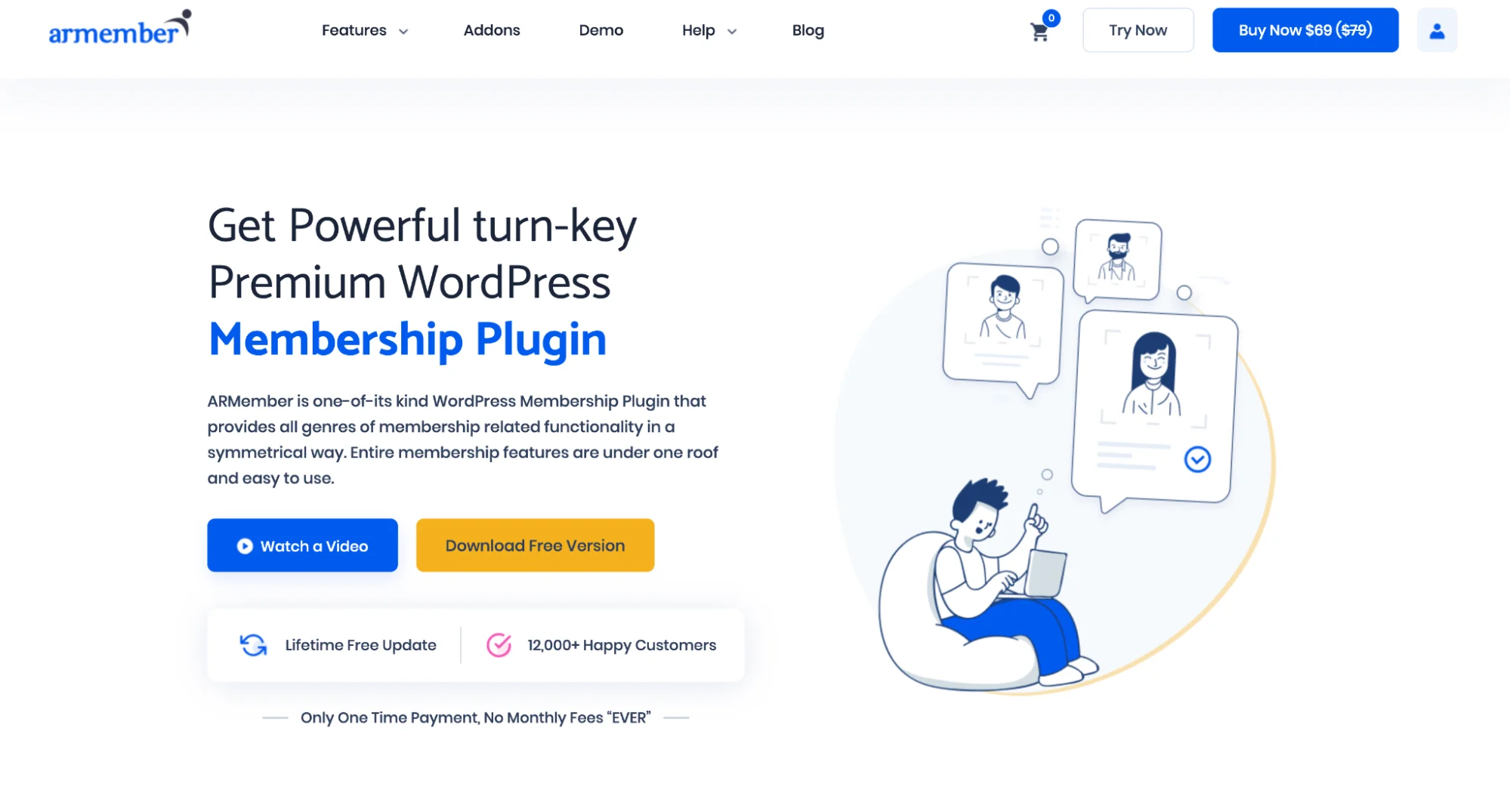
ARMember is suited primarily for creating membership sites, which gives you everything needed to run member-only listings and directories within your community. With tons of unique features, such as creating an inner social network feature to sending automated SMS and emails to members, ARMember is the ultimate solution for a member directory. You also get member communities and resource hub templates – customizable and functional, all at your fingertips. ARMember is a plugin that must be installed on a WordPress site, that’s why it’s super affordable, starting at only $69 for a lifetime license with multiple in-built add-ons.
eDirectory
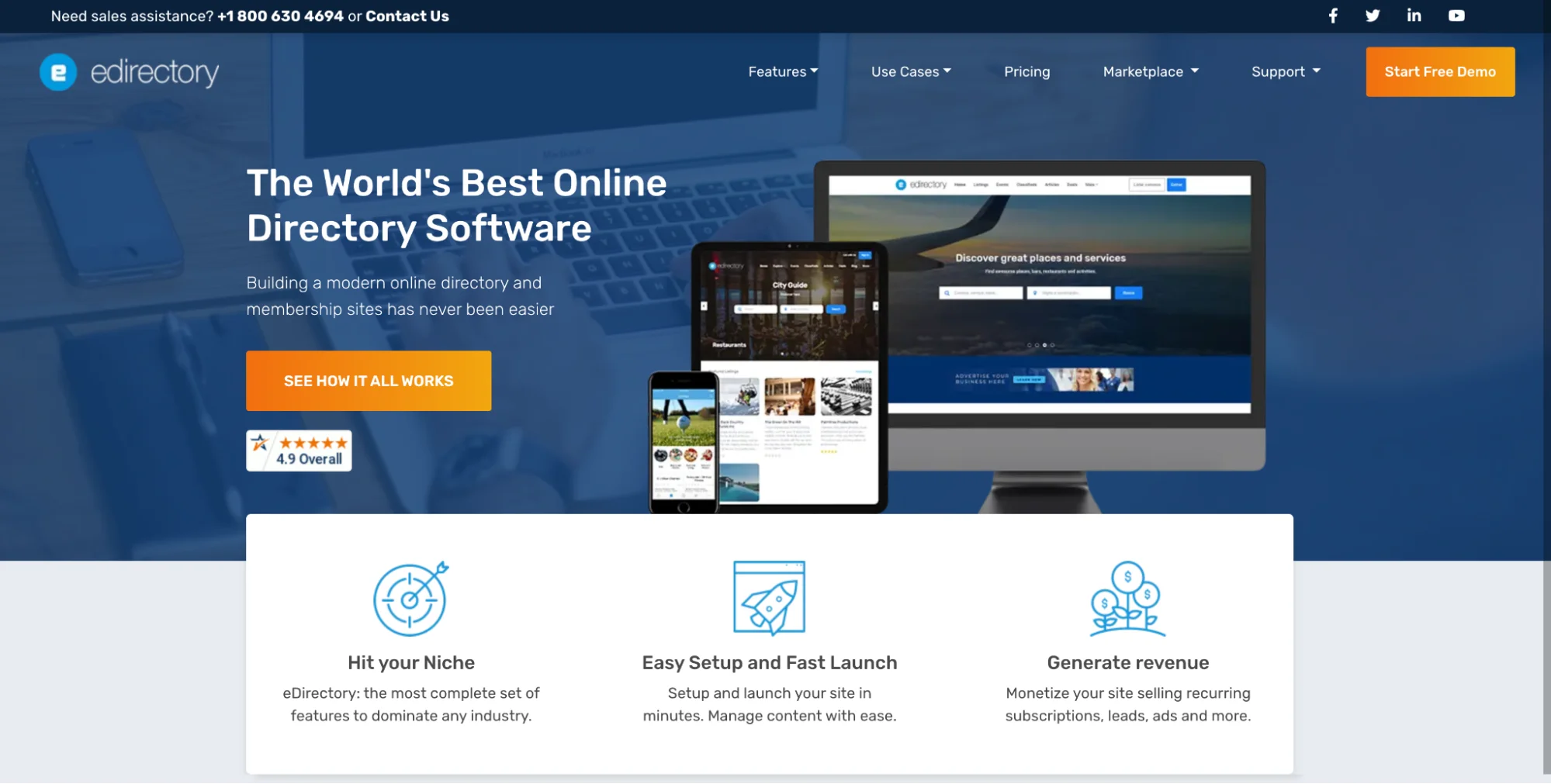
The eDirectory software helps with creating business listing directories, membership directories, real estate directories, and other types of listings. Since it’s so multipurpose, it delivers a powerful interface for any business. It has various monetization options, such as running classified ads or publishing videos. Prices start at $99/month.
360Directories
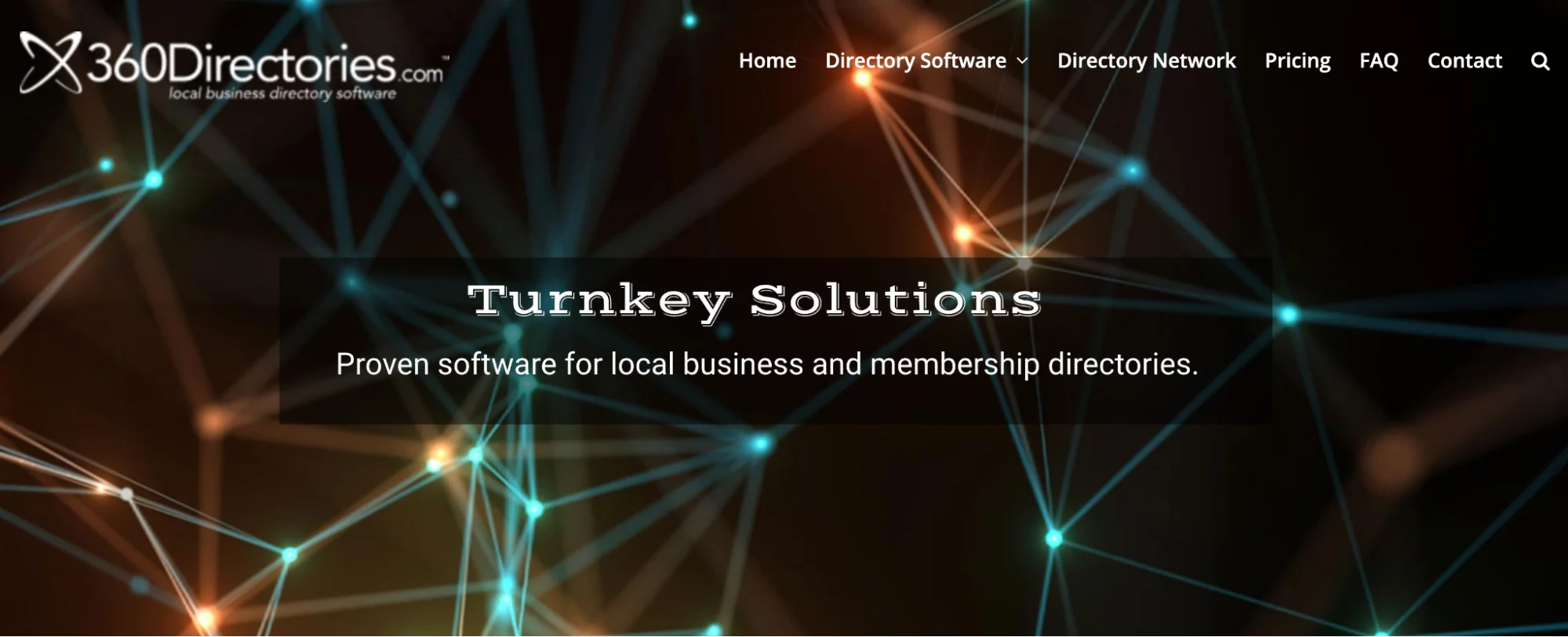
For building a local business directory, this is a great solution, which includes a setup fee for a private label directory with all features for at least $150 per month. Most licenses include features like directory software training, social media features, blog and news modules, and everything you need to create a powerful directory.
What Are the Risks of Running a Membership Directory?
So, what can be a downside of running a membership directory? What can hold you down from creating it? Some common reasons include:
- Privacy regulations: some institutions must adhere to strict privacy laws (for example, FERPA in the US in the education sector) to protect member data.
- Data security: if you want to run a public directory, it can be vulnerable to data breaches and misuse.
- Relevance: the value of a member directory for your business can’t be measured in advance, so it can require significant financial and time resources.
Conclusions: Do You Really Need a Member Directory?
There are tons of ways a member directory can be useful, but deciding if it’s right for you depends on what problems you want to solve with it.
Every project is different, so there’s no one-size-fits-all answer, and you need to assess the specific software and directory implementations that can meet your needs.
Meanwhile, we’ve just learned how many benefits you can get from running a directory! And only a few key ones are summed up below:
- More opportunities to exchange ideas, promote leadership, and networking inside your community.
- Better community management with more automated tools for larger organizations.
- One of the ways to legitimize your business to the world.
Learn More:





Leave a Reply
You must be logged in to post a comment.